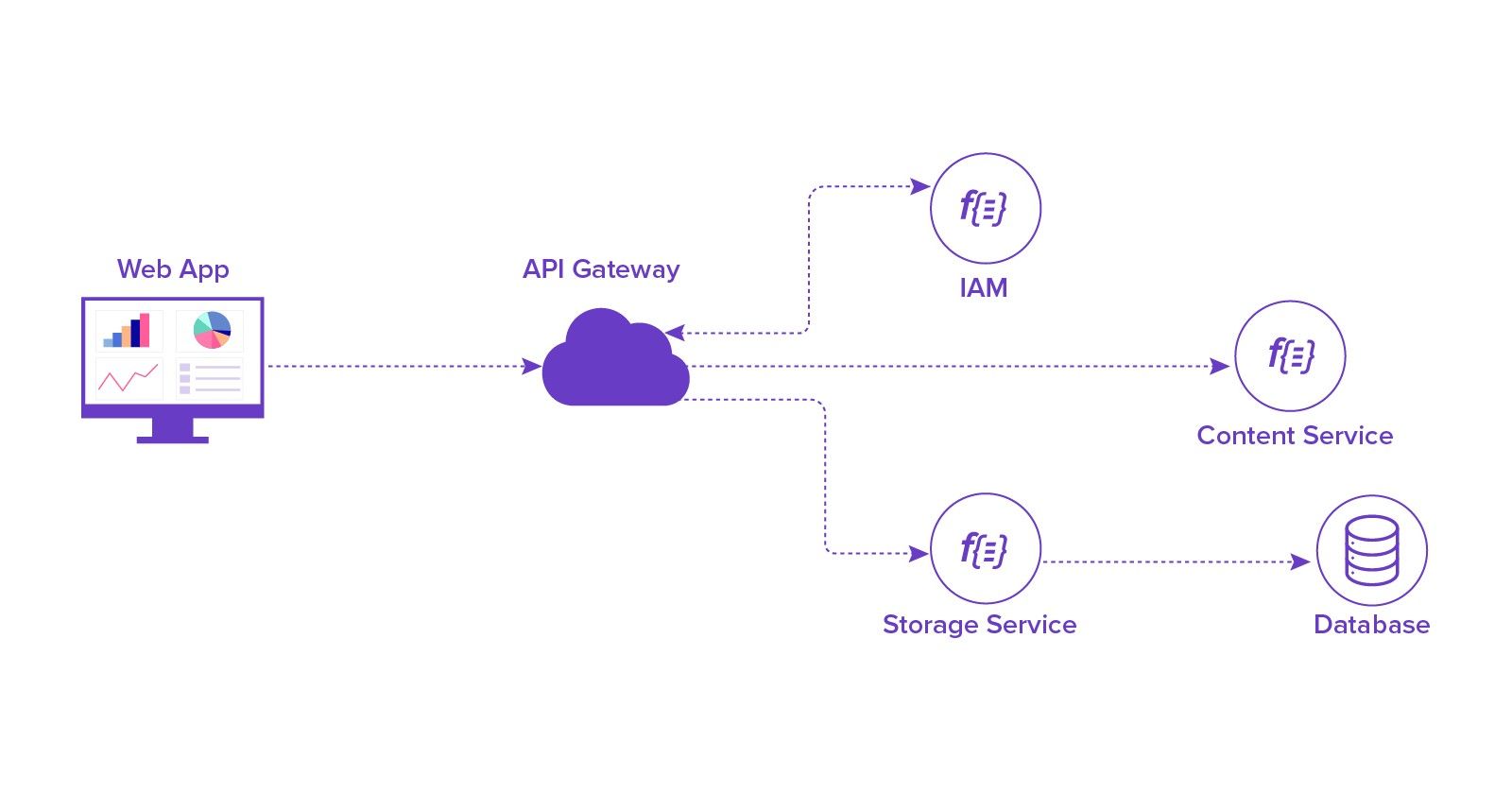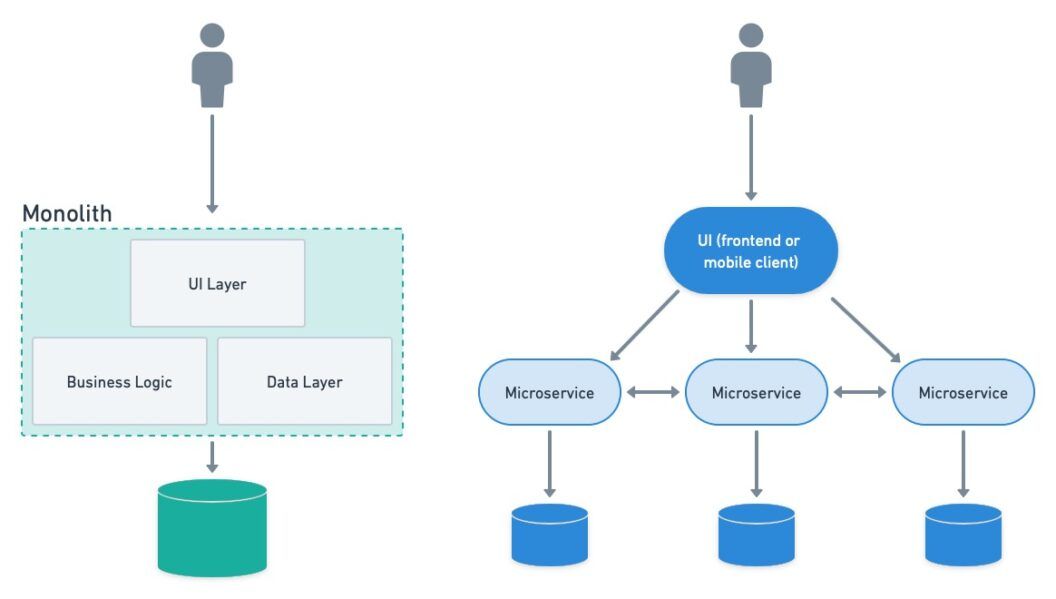
Cutting-Edge Technologies for Building SaaS

- August 10, 2023
- 6 min read
Introduction
Software-as-a-Service (SaaS) is a fast-expanding market in which firms of all kinds use this model to distribute software products to clients all over the world. To remain competitive in this volatile market, it is critical to keep up with the newest trends and innovations. In this blog article, we'll look at some of the most innovative technologies in SaaS development right now. We'll go deep into the technologies and frameworks defining the future of SaaS, from serverless architecture and microservices to Kubernetes and containerization. This blog article will give essential insights into the technologies that can help you build better, more scalable, and more efficient software solutions, whether you're a seasoned developer or just starting started in SaaS development.
Serverless Architecture

Serverless architecture is a cloud computing concept in which the infrastructure is managed by the cloud provider and resources are automatically allocated as needed. Developers use this technique to build and distribute code as discrete functions rather than as an entire application. The cloud provider then executes these functions, dynamically managing the infrastructure required to accommodate the function's burden. This method has various advantages, including lower operational expenses, more scalability, and a shorter time to market.
One of the most significant advantages of serverless architecture is its ability to autonomously scale resources up and down in response to variations in workload. This means that developers may focus on building code that matches the unique demands of their application rather than worrying about deploying and managing servers. Serverless architectures can also be safer and more robust than traditional server-based systems since each function is done in isolation.
Another advantage of serverless architecture is its low cost. Traditional server-based approaches require developers to pay for and operate servers even when they are not in use, which can result in wasted resources and increased expenses. Yet, with serverless architecture, developers only pay for the functionalities that are actually used, which can result in considerable cost reductions.
Amazon Web Services (AWS) Lambda, Microsoft Azure Functions, and Google Cloud Functions are three major serverless technologies. These platforms have a variety of features and capabilities, including automated scalability, event-driven triggers, and support for several programming languages.
In conclusion, serverless architecture provides a strong and adaptable solution for developing SaaS services. Serverless architecture can help developers construct more efficient and scalable software solutions by automating infrastructure management and offering automatic scaling and cost-effectiveness.
Microservices

Microservices are a software development strategy that entails dividing a large, complex program into smaller, more manageable services that can be created, launched, and scaled independently. Each service is intended to provide a specific function or feature while communicating with other services via APIs.
Microservices design has a number of advantages over monolithic architecture. One of the key benefits is the flexibility to upgrade and deploy services individually without interfering with other services. This leads to a more agile development process, allowing developers to adapt to changing market demands more rapidly.
Another benefit of microservices is increased fault tolerance and resilience. While using microservices, if one service fails, it does not necessarily knock the entire system down because the other services can continue to function.
Scalability and speed may also be improved using a microservices design. Microservices allow each service to be scaled independently to match the demands of the application, resulting in greater resource use and increased efficiency.
Nevertheless, there are also drawbacks to deploying a microservices architecture, such as additional complexity, the requirement for effective communication and coordination between services, and the burden associated with maintaining many services.
Overall, microservices architecture has the potential to significantly increase agility, fault tolerance, scalability, and performance in SaaS development. To assure the success of a microservices architecture, however, rigorous planning and implementation are essential.
Kubernetes

Kubernetes is a free and open-source platform for container deployment, scalability, and administration. It enables the deployment and management of containers at scale, making it easier to manage and orchestrate applications.
One of Kubernetes' primary advantages is its ability to automate the deployment and scaling of containerized applications. Kubernetes guarantees that containers function correctly, and it may automatically replace failing containers or add new ones to meet rising demand.
Two major Kubernetes platforms are Google Kubernetes Engine (GKE) and Amazon Elastic Kubernetes Service (EKS). They provide managed Kubernetes services, allowing developers to focus on designing apps rather than maintaining the underlying infrastructure.
Kubernetes has several uses in SaaS development, including the deployment and scaling of microservices, the management of containerized systems, and the automation of complicated, multi-container applications.
GraphQL

GraphQL is an API query language that allows developers to request exactly the information they want, making API interactions more efficient. Facebook created it, and it has grown in popularity in recent years.
One advantage of GraphQL is its potential to decrease data over-fetching and under-fetching, resulting in speedier API replies and lower network use. GraphQL also allows developers to request data from numerous resources in a single query, which simplifies data retrieval.
Apollo and Hasura are well-known GraphQL platforms that offer tools for developing and administering GraphQL APIs.
GraphQL has several uses in SaaS development, including the creation of APIs for mobile and online apps, real-time data streaming applications, and the integration of different data sources into a single API.
Artificial Intelligence and Machine Learning

Machine learning (ML) and artificial intelligence (AI) are technologies that allow machines to learn from data and make predictions or judgments based on that learning. Natural language processing, picture identification, and predictive analytics are just a few of the applications they have in SaaS development.
TensorFlow and PyTorch are well-known machine learning libraries and frameworks that offer tools for developing and training machine learning models.
AI and machine learning has several applications in SaaS development, such as predicting user behavior, proposing products or services, and automating repetitive operations.
Serverless Databases
Serverless databases are cloud-managed databases that eliminate the need for developers to manage their own database infrastructure. They let developers concentrate on developing their apps rather than worrying about the underlying infrastructure.
Popular serverless databases include Firebase and Amazon DynamoDB, which provide capabilities such as automated scalability, backups, and disaster recovery.
Serverless databases may be used to construct real-time applications, scale systems without maintaining infrastructure, and reduce the time and expense involved with database maintenance.
Containerization
Containerization is a way of packaging software into standardized components, or containers, that can be deployed and maintained simply. Containers enable the packaging and distribution of software programs, making it easier to move them between environments.
Docker and Kubernetes are well-known containerization technologies that offer tools for creating, deploying, and managing containers.
Containerization may be used to deploy and scale microservices, isolate applications for security and dependability, and ease the deployment of large, multi-container applications.
Conclusion
To summarize, SaaS development is a continuously growing sector that demands developers to stay current on the newest technology in order to remain competitive. The technologies discussed in this blog, such as Kubernetes, GraphQL, AI/ML, serverless databases, and containerization, provide several advantages for SaaS development, such as increased scalability, performance, and agility.
Developers may create more efficient, scalable, and resilient SaaS apps that match the changing demands of their consumers by embracing these cutting-edge technologies. It is critical for developers to keep current.
SAAS
Microservice
K8S
GraphQL
AI
Serverless